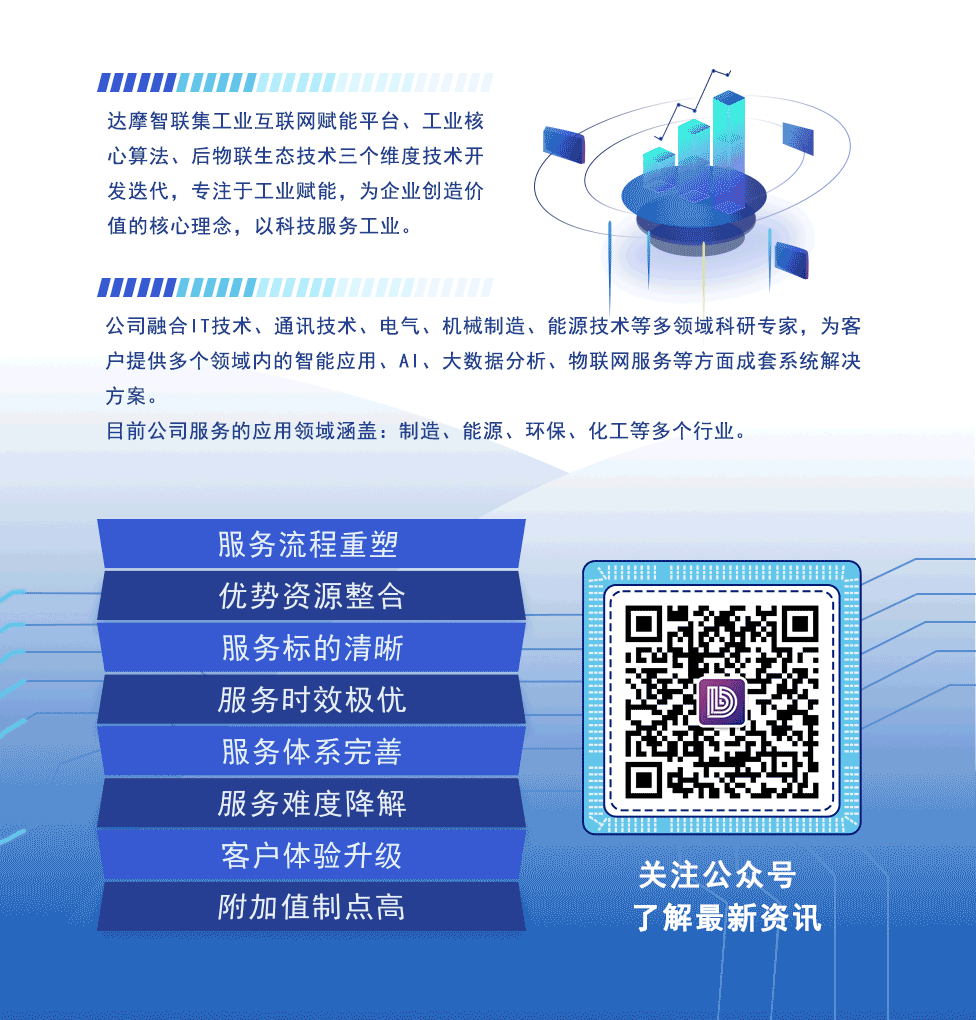

Introduction: The hidden costs of IoT deployment are extensive and complex, involving various aspects such as technology, security, maintenance, data processing, energy, supply chain, management, and compliance. These costs are often overlooked during project planning and budgeting, but they have a profound impact on the overall economic outcome of the project. Therefore, companies must comprehensively consider these hidden costs when deploying IoT…
The deployment of the Internet of Things (IoT) is not just a simple combination of hardware and software; it involves cost considerations at multiple levels. Here are some important hidden costs in IoT deployment that are often overlooked during initial planning but are crucial to the overall economic impact of the project.
Technical Integration Costs
The fragmentation of the IoT ecosystem leads to the complexity of technical integration. Different vendors’ devices and software may use different communication protocols and data formats, making integration and interoperability a challenge. Companies need to invest additional resources to address these issues, including developing custom interfaces, adapters, or middleware, as well as conducting system integration tests. This work not only increases deployment costs but also extends project timelines.
With the increase in IoT devices, network security has become a hidden cost that cannot be ignored. Network intrusions, attacks, data breaches, and other security issues threaten national security and human life and property safety. Companies need to invest in security hardware, software, and professional services to protect IoT systems from attacks and ensure the confidentiality, integrity, and availability of data. Additionally, security compliance requirements also bring additional cost pressures.
Maintenance and Support Costs
The maintenance and support of IoT devices are long-term hidden costs. Devices may require regular firmware updates, software patches, and hardware repairs. Furthermore, with technological iterations, older devices may need upgrades or replacements, which not only involves direct hardware costs but also related installation and configuration expenses. Maintenance costs also include training and knowledge updates for maintenance teams to ensure they can effectively manage and support IoT systems.
Data Processing and Analysis Costs
The amount of data generated by IoT devices is enormous, requiring strong data processing and analysis capabilities. Companies need to invest in data storage, processing, and analysis tools, as well as the related human resources. The demand for advanced data processing and analysis increases the complexity and cost of the project. Moreover, real-time data processing and analysis capabilities are crucial for maintaining business competitiveness, which also requires corresponding technology and talent support.
The energy consumption of IoT devices may be underestimated during initial planning. Especially for devices deployed on a large scale, long-term energy consumption can accumulate into significant costs. Additionally, energy-inefficient devices may increase the company’s carbon footprint, which, in today’s increasingly sustainable development-focused environment, may bring additional compliance costs.
Supply Chain Volatility Costs
Global supply chain volatility directly impacts the costs of IoT devices. From semiconductors to basic components, the parts needed for IoT devices are affected by various shocks, including supply shortages, rising transportation costs, and import-export restrictions. These factors not only drive up costs but also lead to production delays, increasing the overall deployment time of the project.
Management and Operational Model Transformation Costs
The deployment of IoT involves not only technological updates but also transformations in management and operational models. Companies and governments often focus on the technology itself while neglecting the transformation of management and operational models when promoting IoT development. This transformation requires adjustments to existing organizational structures, business processes, and decision-making mechanisms, which not only requires financial investment but also time and human resources.
Terminal and Network Replacement and Upgrade Costs
With technological advancements, terminal devices and network infrastructure may need to be replaced or upgraded to accommodate new application requirements. The costs of such replacements and upgrades are often underestimated during initial planning, but in reality, they are one of the main factors contributing to high costs in the large-scale application of IoT.
Compliance and Standardization Pressures
With the rapid development of IoT technology, related regulations and standards are constantly being updated. Companies need to ensure that their IoT solutions comply with the latest regulatory requirements, which may bring additional design, testing, and certification costs. Compliance and standardization pressures require companies to continuously monitor regulatory dynamics and timely adjust their products and services.
The hidden costs of IoT deployment are extensive and complex, involving technology, security, maintenance, data processing, energy, supply chain, management, and compliance. These costs are often overlooked during project planning and budgeting, but they have a profound impact on the overall economic outcome of the project. Therefore, companies must comprehensively consider these hidden costs when deploying IoT to ensure the project’s long-term success and sustainable development.
Related Knowledge Points:
-
The Role of IoT in the Protection of Historical Buildings
-
Using IoT Technology to Improve Apartment Access Control
-
IoT and Its Role in Energy Transition








